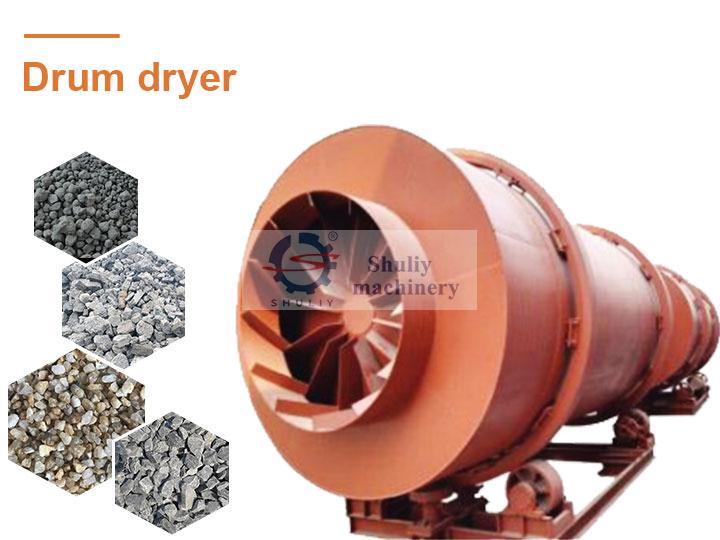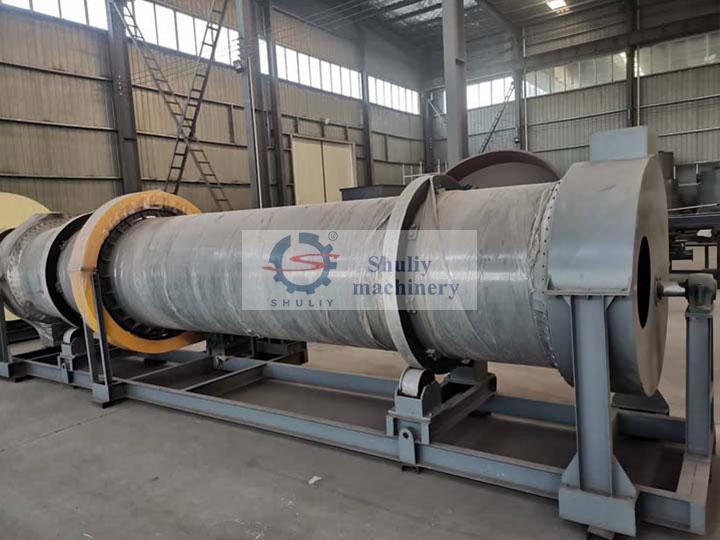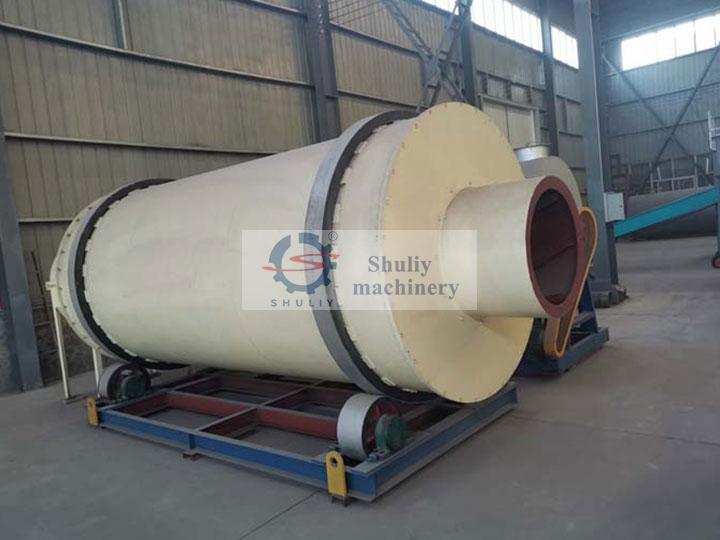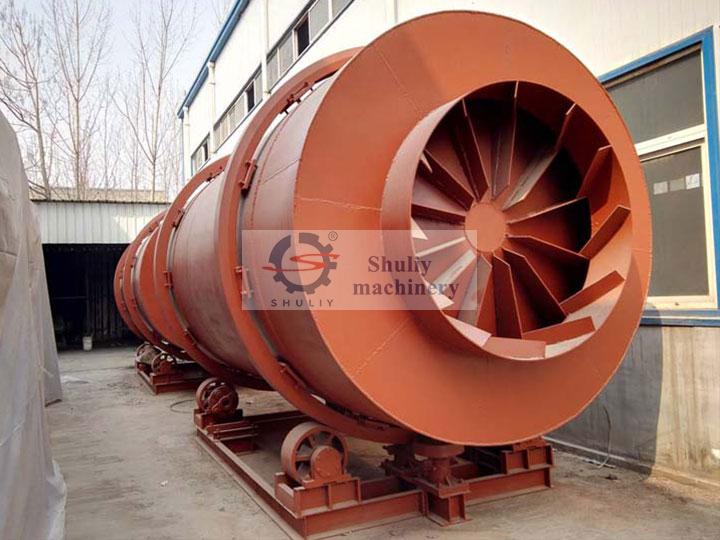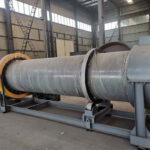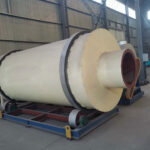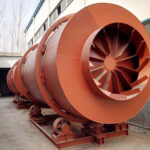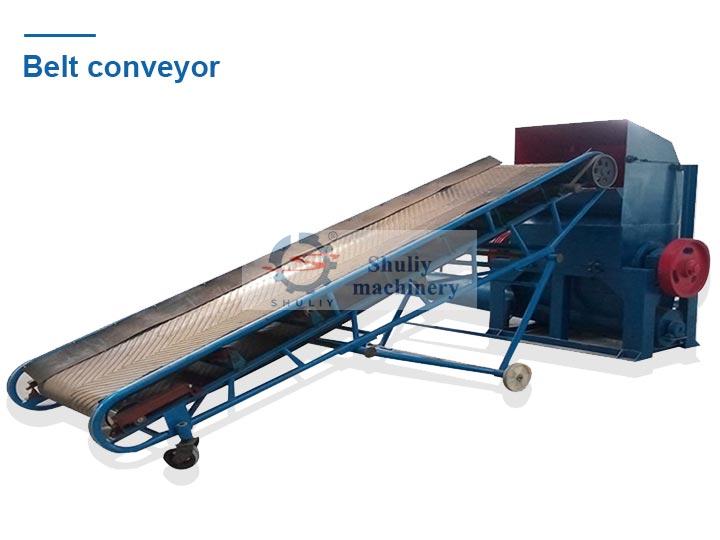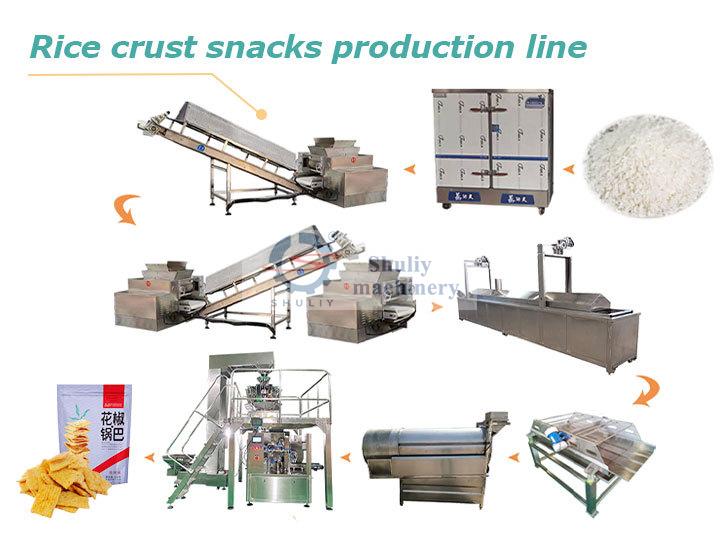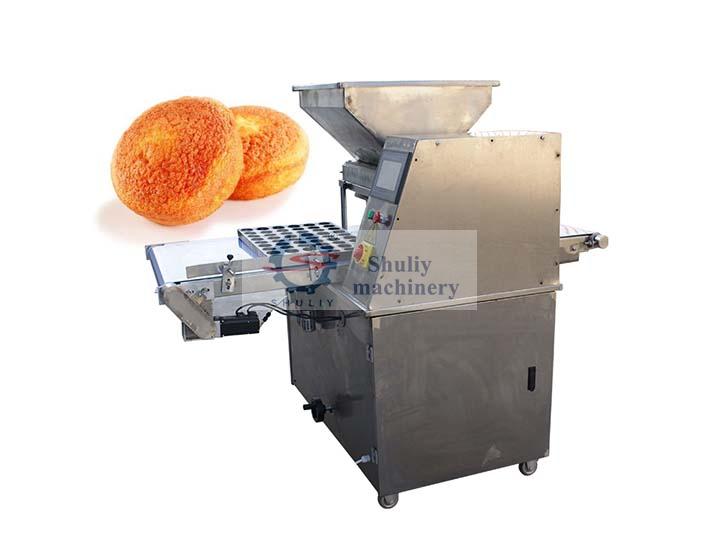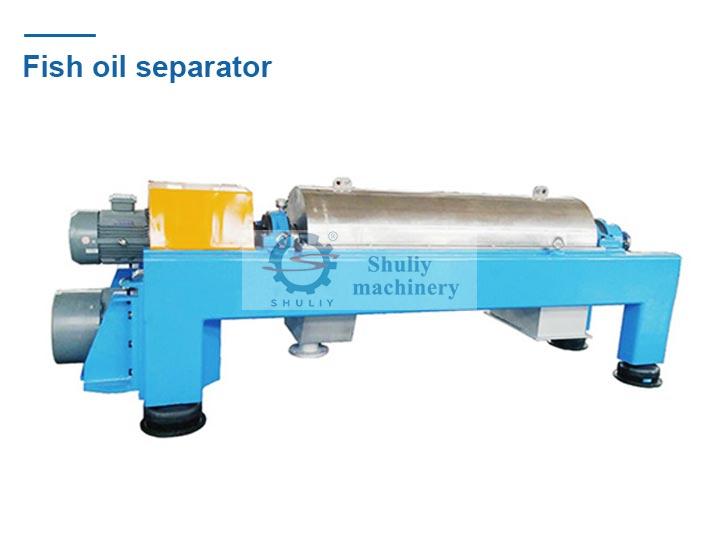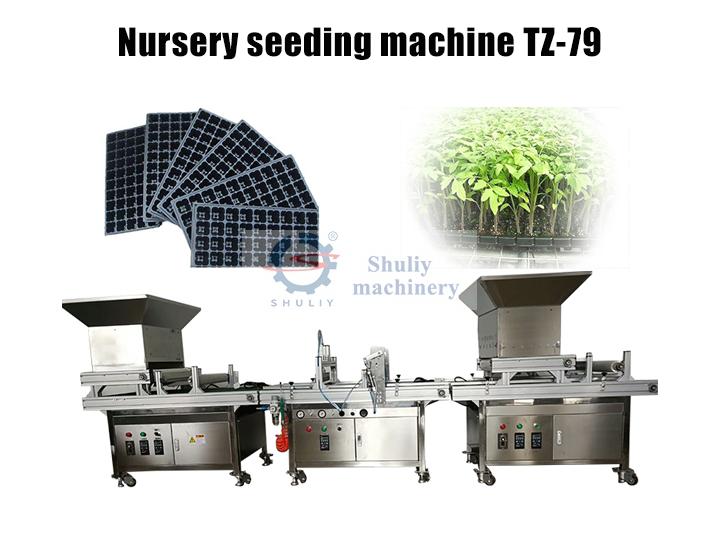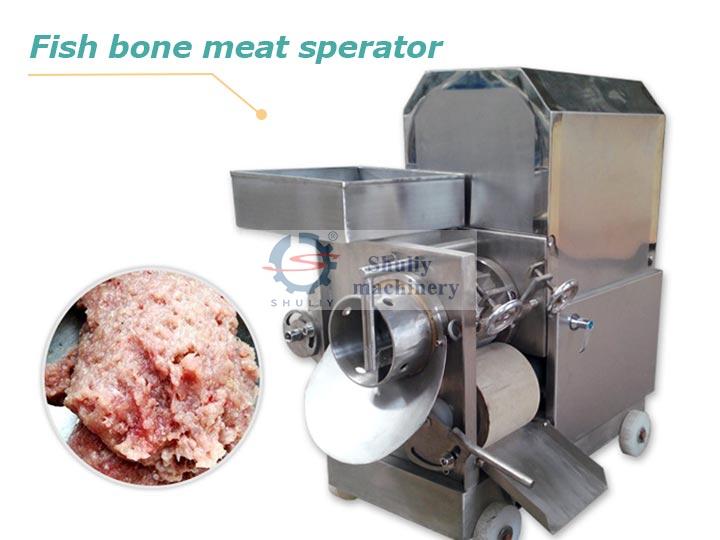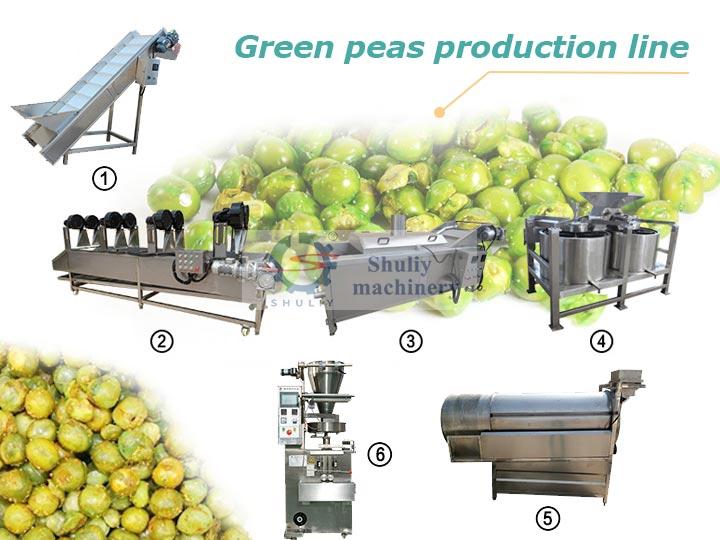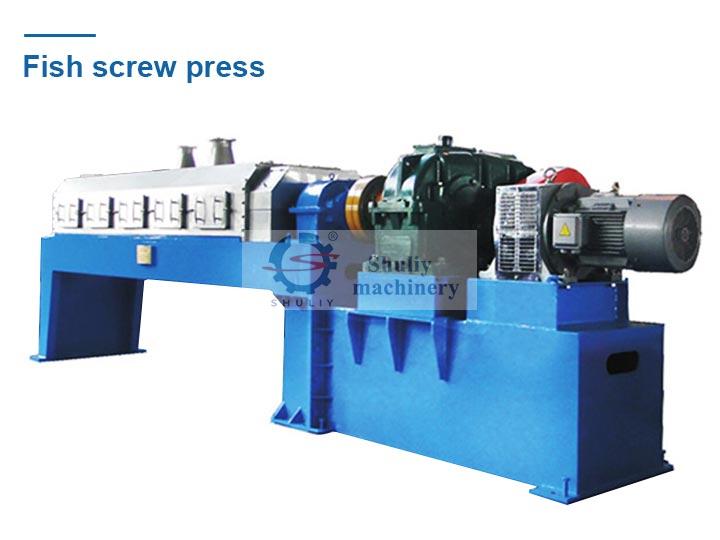The introduction of the drum dryer
Drum dryer, also known as roller dryer or rotary dryer, is the most common and widely used dryer equipment in industrial equipment. Drum dryer is a dryer for processing Large quantities of raw materials that are widely used in metallurgy, building materials, chemical industry, coal, pharmaceutical, and mining industry. The materials commonly used for drying sand, mineral powder, coal line, chicken manure, cow manure, etc.
Drum dryers are widely used in building materials, metallurgy, minerals, chemicals, cement and other industries. They are mainly used for slag, limestone, clay, river sand, quartz sand, water slag. It can also be used to dry animal manure and other materials with high wetness.
The composition of the drum dryer
The drum drying equipment is mainly composed of the rotating body, lifting plate, transmission device, supporting device, and sealing ring. It adopted the new type of material lifting plate device that has multiple functions such as guidance, flow sharing, material lifting, etc. It can make the material distribute evenly in the radial section of the dryer and the material curtain becomes thin uniform, and complete. So that it can fully contact the hot gas flow to achieve the purpose of making full use of heat energy.
Features of the roller-type dryer
- Advanced drying technology, using high-temperature rapid drying technology, large heat transfer coefficient, high thermal efficiency, and high drying strength;
- The dryer has a high degree of automation and does not require too much manual operation. The system operation realizes automatic control and adjustment. Reducing production safety hazards and improve drying efficiency;
- Large fluctuation range allowed in operation, easy to operate;
- With the direct contact between the hot gas flow and the material, the output can meet the needs of different users from 10 tons to 100 tons per hour under the condition of sufficient heat exchange;
- The drum dryer has strong expandability, and the design takes into account the production margin. Even if the output increases slightly, there is no need to replace the equipment;

